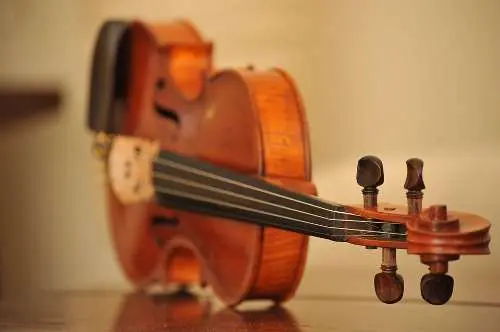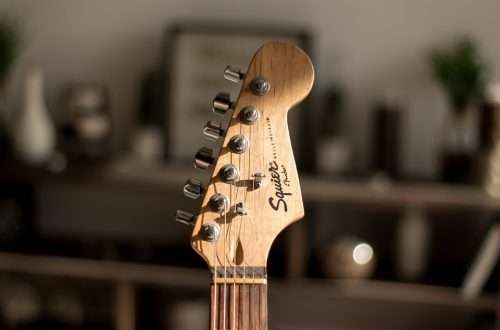
Proper selection and maintenance of strings in string instruments
Strings are the primary sound source in string instruments.

They are made to vibrate by strokes of the strings, these vibrations are then transferred to the sound box that acts as a natural amplifier, and resounded outward. Proper string alignment is very important to the sound of an instrument. There is a reason why their prices are so varied. You should pay attention to the material of manufacture, the quality of the sound they generate, and durability. It is worth noting, however, that each instrument on the same strings may sound different. Nothing will help you choose the right strings more than experience and getting to know your instrument. There are, however, a few pointers worth referring to.
The length of the strings must be adapted to the size of the instrument. For children’s models of violins or cellos, you should buy strings designed for this – XNUMX/XNUMX or ½. It is impossible to buy exaggerated strings and tighten them on pegs to the correct size. On the other hand, too short strings will not be able to tune, and tightening them too much may break the stand. Therefore, if the child changes the instrument to a larger one, the set of strings should also be changed.
The freshness of the strings is equally important. Depending on the intensity of the exercise, they should be changed about every six months, in the case of children certainly less frequently. It is worth paying attention to whether the strings chant with fifths (try playing a harmonic on two strings simultaneously on a tuned instrument). If not, replace them then. Why? The strings become false over time – they cannot be tuned, they do not quint, the harmonics are understated. Playing such equipment can spoil the intonation of a musician who will get his fingers used to playing with false strings. The thinnest string should be changed a little more often as it is faster to rip. To extend their life, wipe the strings once in a while with a cloth lightly moistened with alcohol. Remember to do it with great care – any contact of the instrument with alcohol may discolor the fingerboard and damage the varnish. It is also worth applying graphite to the grooves cut in the stand and the quill, so as not to expose the wrapper to folding and unwinding.

Type of strings – there are strings available on the market from various manufacturers, made of various materials and with a different degree of softness. We can choose depending on our preferences and which strings “prefer” our instrument. We can meet with aluminum, steel, silver, gold-plated, nylon (definitely softer) strings and even… intestinal strings! The intestinal string core can be found in accessories for baroque instruments. However, these accessories are extremely sensitive to weather conditions and need to be tuned very often. They are also less durable, tear faster and even break. However, their sound most faithfully reproduces the historical sound of baroque instruments.
A universal and very popular set for contemporary string instruments are, for example, Evah Pirazzi by Pirastro. But if the instrument is quite hard, you better be careful. These strings generate quite a lot of tension on the soundboard. For such instruments, the Dominant from Thomastik will be better. They have quite a long playing time, but once they get through this stage, they sound very warm and nice, and cost a lot less. For solo play, sets such as Larsen Virtuoso or Tzigane, Thomastik Vision Titanium Solo, Wondertone or the Larsen Cello Soloist cello are recommended. An economical solution for cellists can also be the choice of Presto Balance strings. When it comes to chamber or orchestral playing, we can honestly recommend D’addario helicore or classic larsen. To add sparkle to the violin, we can choose an E string from a different set – the most popular is the individual E no.1 string or Hill. You do not have to buy the strings as a whole, after trying a few variants, we can create a perfect set for our instrument. As a rule, the two lower strings are selected from one set to ensure color uniformity, and the upper strings can be selected separately, depending on whether we want to obtain a light, darker or balanced color. Examples of such sets include: GD – dominant, A – pirastro chromcore, E – Eudoxa. The solutions are endless, so everyone will be able to complete the perfect set for themselves.





